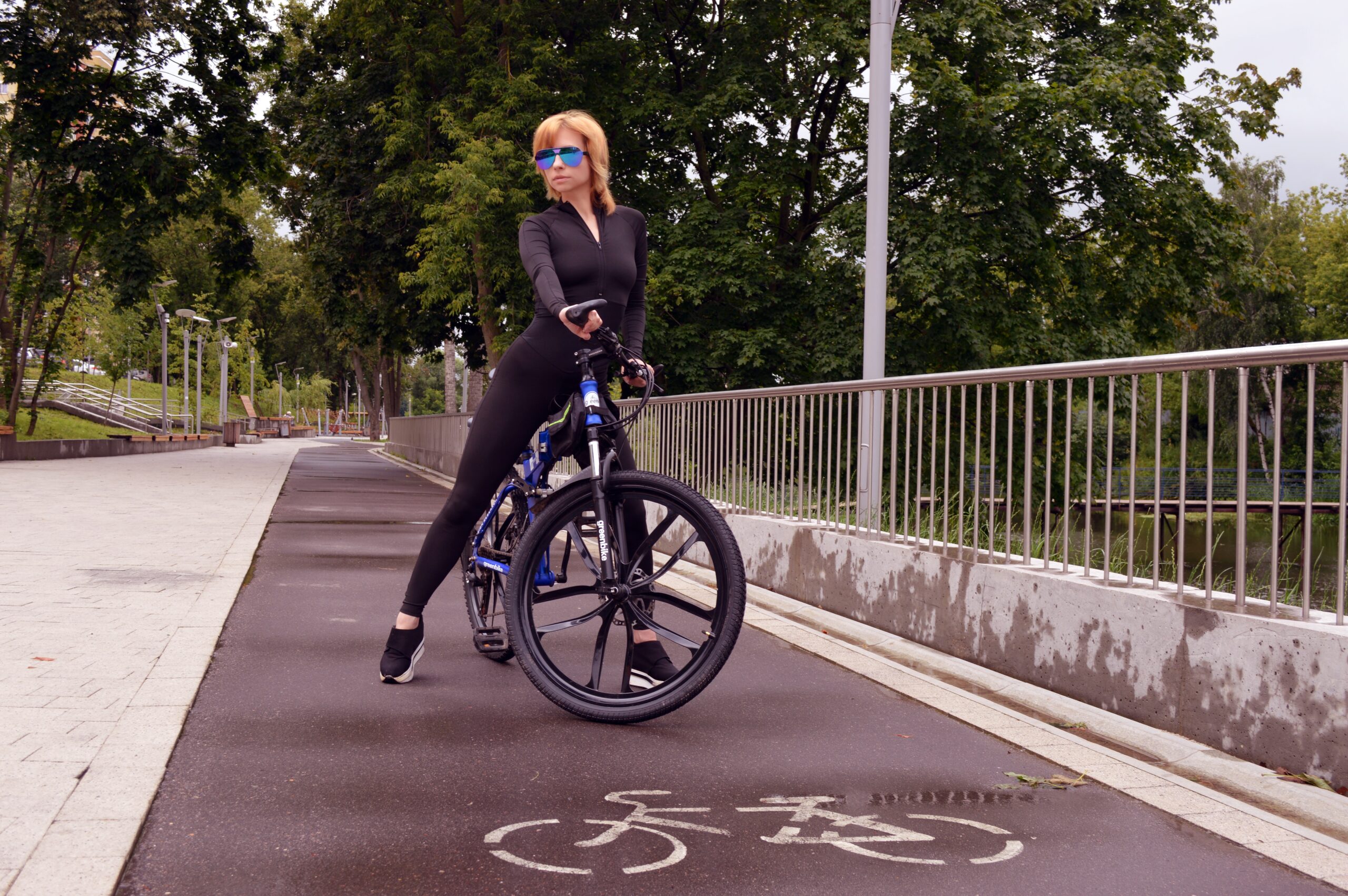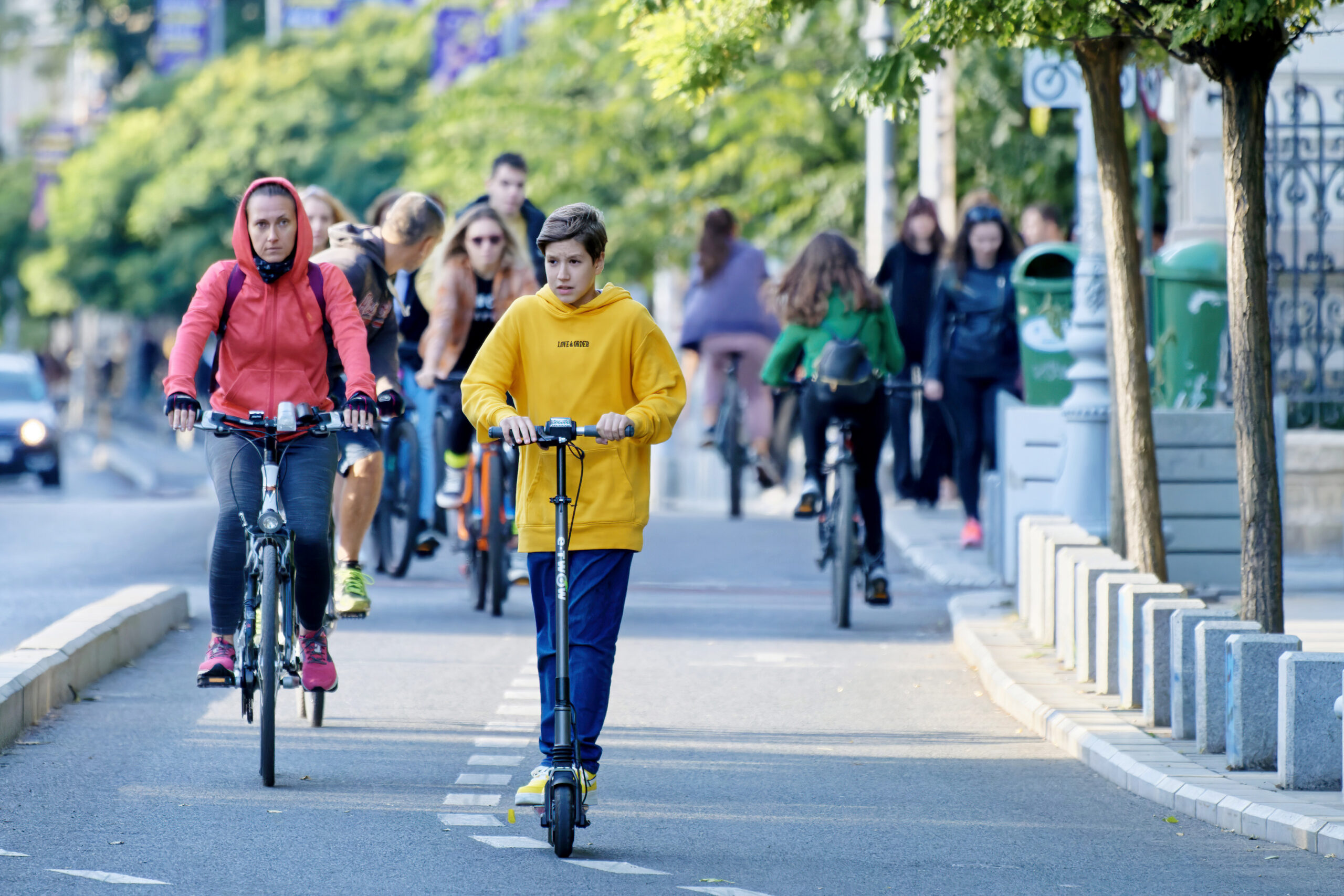“There are options besides costly and hard to maintain dedicated bike lanes that should also be considered when it comes to accommodating bicycle traffic.”
By Dorothy Dobbie
A few years ago, on a visit to my daughter’s then home off Toronto’s Danforth, I witnessed the value of bike lanes. At rush hour, the reserved lane was teeming with bike traffic, keeping sidewalk pedestrians, cyclists and vehicular traffic safe from collision. The lane made a lot of sense although there were still challenges having to do with parking, crossroads, and the narrowing of the busy thoroughfare.
Here in Winnipeg, especially in winter, however, things are different. Firstly, there is very little sidewalk traffic because, except for downtown, most people drive, they don’t walk. The city has been designed with streetside malls that offer out-front parking lots in the semi-central city and further into the suburbs, where most city residents live. In City Central, the relocation of retail to the outskirts and to malls has further degraded the use of sidewalks.
Yet, here we are, squeezing already crowded streets into narrower lanes to satisfy a very small number of bicycle commuters, especially when the thermometer drops below minus thirty. I spend a lot of time downtown, and I have never yet seen bike lanes occupied by more than one bike at a time and usually, there is no traffic at all.
I am not against safety for cyclists. I used to ride by myself and ran into problems riding on a busy street. It was on Roblin Blvd, close to my home, early in spring, and the gravel covered road had not yet been cleaned. Rounding a corner, my bike slipped on the gravel, and I went sprawling with a car right behind me. Nothing more than injured dignity and a scraped knee resulted, but it got me thinking. At the time, I was writing op ed pieces for the Winnipeg Free Press so I used the forum to express the opinion that we should follow an example I had recently seen in Germany: let bicycles travel on a designated sidewalk – people on one side, biker’s on the other. Well, I almost got lynched with the outrage expressed by the cyclers’ lobby. This piece and another on the efficacy of a public private health care system that earned me death threats prompted the WFP editor to caution me not to express such controversial views. I stopped the op ed submissions as a result.
But back to the main point; there are options besides costly and hard to maintain dedicated bike lanes that should also be considered when it comes to accommodating bicycle traffic.
In suburban areas, sidewalk traffic is very sparse. The alternate sidewalks option could be explored. Downtown, bike lanes could be installed where it makes sense, not where they squeeze traffic into one lane. Downtown, especially in the Exchange district, bike lane installations have gone a little crazy, even though you don’t see much more cycle traffic there than anywhere else in the city.
Our bike lane system seems inconsistent and ill thought out. If you are a bicycle enthusiast, you cannot be too happy about the patchwork quality of the lanes that end for no apparent reason. Pembina Highway is a good example. I don’t know how the planning was done for these lanes. I cannot see that it responded to any bike traffic studies since traffic is sparse to non-existent. At the very least there should be a comprehensive plan that reduces the number of lanes to central routes that correspond to need.
As I said, I am not opposed to bike lanes, per se. I am however concerned that priority is being given to a minority need when there are so many other pressing requirements. More urgently, we need reforestation, street repair and more parkland. I would also rather see the bike lane construction and maintenance money spent on a comprehensive plan to end homelessness. But that’s another topic.
And, by the way, will a few cyclists save the planet? Not likely. But that’s another topic, too.




